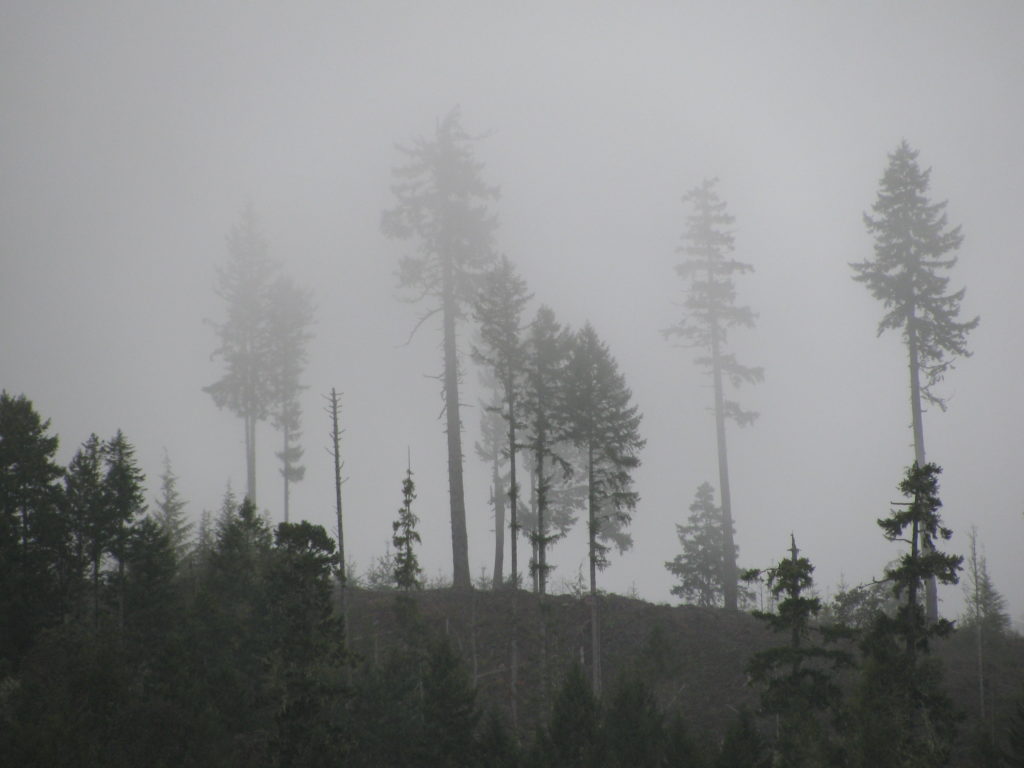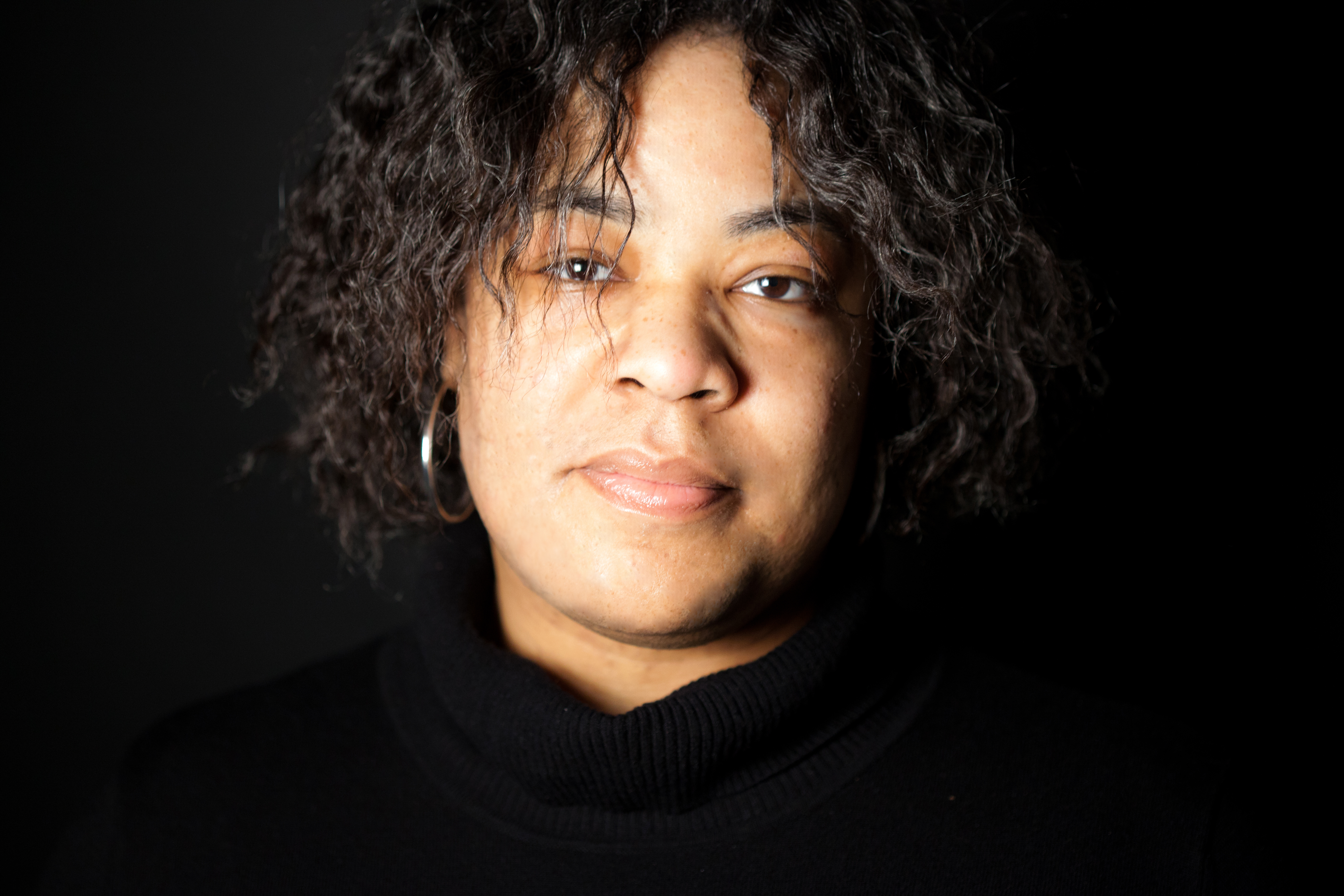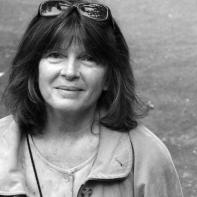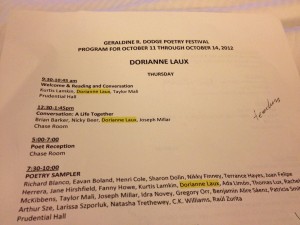 “We are hungry for the secret news about life.” – Stanley Kunitz
“We are hungry for the secret news about life.” – Stanley Kunitz
As writers, as readers of poetry and prose and drama, we are, more or less, hungry for mystery and surprise, hungry for understanding that is not washed in the dust of everyday living. We are hungry for the secret news about life.
Like the mythmakers before us, who were trying to ground a belief system and initiate people into society through the use of story and poem and play, we too are hungry to explore who we are, why we are here, the purposes of living and dying, our places in the worlds of space and of time, what love is. Unlike the mythmakers before us, though, as we deal with these existential realities, we know that we don’t have the answers; we know that we don’t know any secrets besides our own; and we know that most of those are still secret from us even after we have spent our lives searching for them.
Because of this, because the human mind cannot be easily explained, the creation of art, as well as art itself, is unpredictable. Sure, we can break down the processes of the brain to synapses firing and axons stimulating and all that electrochemical junk (scientific terminology there), but the mysteries of the mind, of its processes of creation, of why we have certain thoughts and why certain people can produce new cuisines, or a starry night on canvas, or a little night music, or a midsummer night’s dream is beyond us. In fact, that it is beyond us is the very thing that gives art in any form its power; that they had not thought of it in quite that way themselves but they make the connection the artist created nonetheless is what makes an audience say, “Yes.”
Where scientists create narratives of the brain – big bangs and quantum mechanics, electron transfers, and quarks – explainable, empirical, and, they hope, synchronic – we writers are doing something equally important, creating verities of the mind – a man who turns into a domed beetle, a woman weighted down by her waterlogged dress and sinking below the surface of a clear stream growing murky, a catalog of unabashed gratitude – each one a little mysterious yet still familiar, each one individual yet understandable.
Writing (like any art) in its own peculiar way holds up mystery in order to be confirmed; it holds up proof in order to show the question mark. Art is natural science, history, philosophy, psychology, theology, experience and enigma pressed into a superball, but one with a big chunk missing from it. And that superball is bounced in a child’s room, with unheard of abandon, and with all of the crazy spin that missing chunk causes and that child can muster. Where it ends up – under the bed, crashing into the lampshade, hidden among the toys, lodged between the wall and the dresser, simply gone until it strangely, magically reappears months later in a shoe that had already been checked – is anyone’s guess.
Art is all of this. Writing is all of this. And here is the most wonderful thing about it: it always fails to satisfy our hunger completely.
And this, for me, is where the joyful pain (the painful joy) of writing lies.
Whenever I sit down at my desk, I’m hungry for words; I’m hungry for understanding – even though I know that they’re not completely available to me, that they are in a sense beyond. I believe in the pursuit of words, in asking questions, in exploring the ambiguity and complexity of being human. I feed my insatiable hunger for language as I write: for sound and sense, for rhyme and reason, for glee. I write, and I know that I’m writing from and within my own ignorance and toward my own failures, my inability to know it and to say it exactly the way I want to say it, whatever it is.
Wordsworth said, famously, that the process of writing poetry is “the spontaneous overflow of emotion recollected in tranquility.” For me, though, it is the spontaneous overflow of emotion recollected in anxiety and uncertainty, in pain-behind-the-eye head-thumping mistake-riddled frustration, and finally (every once in a while) in satisfaction and thus something that resembles tranquility (until I of course work on the next poem, or until a month or two or a year down the road I of course see something in my finished poem I don’t like.)
Feeling comfortable in this unsure process, having the techniques learned, then letting both go, letting the unanticipated, the newness take over, in a sense, feeling lost, that is what gets me moving toward something. As I write, it is right for me to feel lost. Because that spurs discovery. The great guitarist from the band King Crimson Robert Fripp once said, “The key characteristic of mastery is the assumption of innocence within the context of experience….If you walk out on stage not knowing what you are going to do, you might just do it, but not as a novice, where you really don’t know what you are doing. The master has integrated all of the skill set of a professional and then throws it away. Or assumes the innocence.”
So…
Planning, practice, patience, passion, concentration, discarding, perseverance, worry, wonder, confusion, ignorance combine to move something forward toward artistry and someone forward toward mastery. I know I must approach my work with arrogance and humility. We know this. When we create art, we want our god hand to shine like yellow fondant-drape sunlight on the steeple, on the whole cathedral of our creation; we think that we can satisfy that hunger for knowing and saying, but the closer we get to art, the more we appreciate what we cannot do and what we must push ourselves to become.
And for me, more and more, what I cannot do yet (and may never be able to do) and what I must push myself to become (yet may never become) are the true gifts, the ones that keep my hunger gnawing.
 Bearing witness in poetry is about intention, empathy and clarity; the ability to zoom in and out of an emotion or event with a camera’s precision, yet calibrated to the human pulse. I believe it is our charge and bond as poets, and as human beings, to acknowledge and bolster each other as thoroughly as possible. To bear is to be able to carry, to sustain. At our most significant life events, we require a signature, some sort of proof that yes, these people love each other and promise to do so for a lifetime. Someone has accepted a position or calling of great responsibility, standing before others to be sworn in. A precious child has arrived on earth and his or her parents, along with chosen community, have circled in a ritual of dedication to assist in this person’s life journey, agreeing to nurture this child’s spirit and burgeoning potential. And when someone prepares to leave this plane of existence, there is usually a vigil of loved ones, and an official declaration followed by a ceremony honoring that this person was among us and lived.
Bearing witness in poetry is about intention, empathy and clarity; the ability to zoom in and out of an emotion or event with a camera’s precision, yet calibrated to the human pulse. I believe it is our charge and bond as poets, and as human beings, to acknowledge and bolster each other as thoroughly as possible. To bear is to be able to carry, to sustain. At our most significant life events, we require a signature, some sort of proof that yes, these people love each other and promise to do so for a lifetime. Someone has accepted a position or calling of great responsibility, standing before others to be sworn in. A precious child has arrived on earth and his or her parents, along with chosen community, have circled in a ritual of dedication to assist in this person’s life journey, agreeing to nurture this child’s spirit and burgeoning potential. And when someone prepares to leave this plane of existence, there is usually a vigil of loved ones, and an official declaration followed by a ceremony honoring that this person was among us and lived.
